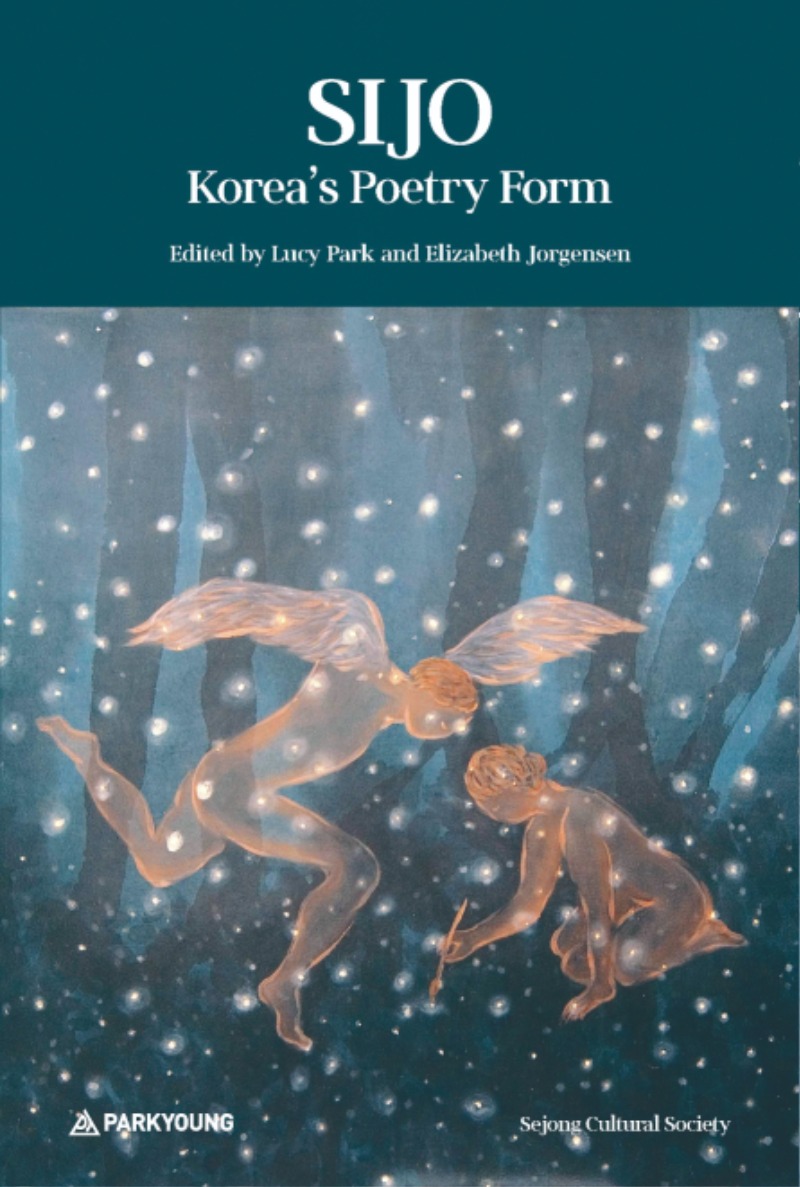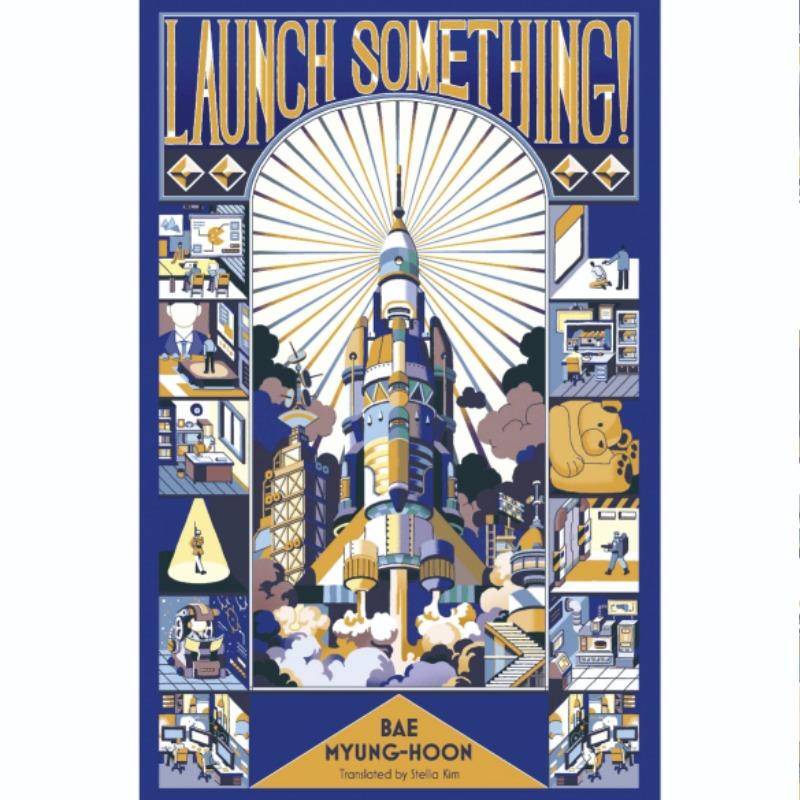‘Sijo: Korea’s Poetry Form’
By Lucy Park and Elizabeth Jorgensen
284 pages, ₩16,000, Parkyoungsa: Seoul [2022]
A Traditional Poem for the Modern Era

As Mark Peterson point out in this volume, there seems to be a universal appreciation for short poetic forms. The English limerick, for example, is a vehicle for humorous and often bawdy rhymes. Perhaps the most famous short poetic form is the Japanese haiku, which lends itself to meditations on nature with its 17 brief syllables. A strict rhyme scheme juxtaposed against a lilting meter give the limerick a folksy, musical feel, while the extreme brevity of haiku allows for the purest distillation of a poetic idea. While it is difficult to identify exactly why such renderings are so popular, surely the ease of memorization (and thus transmission) plays a role.
Korea has its own short poetic form, the sijo. Although not as well known in the West as limericks or haiku, it boasts a long tradition going back to the 14th century. The sijo also contains three lines, but all of them are much longer than those of haiku and structured quite differently. As such, the form allows for more expressiveness and a more complex story than is possible within the strict confines of haiku. For decades, American schoolchildren (including this reviewer, a few decades ago now) have learned and written haiku. Is there room in their curriculum for sijo? This book answers with a resounding “Yes!”
Sijo: Korea’s Poetry Form is the product of many years of effort by the Chicago-based Sejong Cultural Society. It is aimed at educators but accessible to anyone who wants to learn more about sijo and perhaps even try their hand at writing some themselves. The first part of the book is a collection of essays by scholars who approach sijo from different angles. David McCann traces the history and development of sijo from the 14th century to the present day, while Mark Petersen compares sijo to other East Asian short poetic forms, namely the Chinese jueju and the Japanese haiku. Lucy Park introduces sijo written in contemporary Korea and North America, as well as a handful of sijo written in German, Tagalog, Russian, Spanish, and Swahili. She also discusses the relationship between sijo and music (sijo was originally envisioned as a song, not a poem) and covers contemporary efforts to introduce sijo lyrics into modern musical genres. Seong-kon Kim notes the difficulties of poetry translation but is hopeful of sijo in English. Lastly, author Linda Sue Park makes a compelling argument for sijo actually making you smarter!
The second part of the book will be of particular interest to educators, as it contains a variety of lesson plans for teaching sijo. Here, co-editor Elizabeth Jorgensen’s case studies detailing the sijo-writing process for a couple of her students are especially interesting, and Seo Kwan-ho’s guide to teaching sijo to children is a detailed roadmap for sijo learners. The final part of the book is a collection of award-winning sijo written by students and submitted to the Sejong Cultural Society’s annual sijo-writing contest. Each poem is followed by a note from the author and commentary from a sijo enthusiast.
In his chapter, Seong-kon Kim laments, “I miss those days when people communicated with each other in sijo that brilliantly exhibited poetic subtlety and delicacy.” This book is a step toward bringing those days back into our modern, often distracted society.
'Launch Something!’
By Bae Myung-Hoon
Translated by Stella Kim
363 pages, £11.99, Honford Star: Stockport [2022]
Guarding Humanity’s Final Frontier

Everyone knows there is only one sun in the sky… but what do you do when a second one appears, shaped like the old arcade-game character Pac-Man? This is the immediate problem facing Korea’s Space Force.
As part of the larger, international Allied Space Force, the Korean unit is tasked with making sure that no satellites in Earth’s orbit are shot down, creating debris fields that could potentially wipe out all other satellites. The crew is a colorful cast of characters. Among them is ace pilot Han Sumin, who turns down private sector offers to remain in the Space Force; intelligence officer Um Jonghyun, who possesses a unique set of skills for analyzing satellite orbits; weather specialist Suh Ga-ul, something of a modern-day shaman who prays for favorable winds; and new recruit Lee Ja-un, a K-pop star who dreams of a different kind of star. They are, in the words of communications officer Kim Eunkyung, “Brilliant people in a stupid system. But people who are trying to overhaul that stupid system in order to do something great.”
The crew’s peaceful routine is upended when an assassination plot on the Mars-Earth shuttle is uncovered and the Mars governor-general, known for his brutal suppression of a rebellion by the Mars colony, suddenly decides to return to Earth. Who was the real target of the foiled assassination? What is the former governor-general plotting in his remote research center? And can Space Force Chief of Staff Gu Yemin and her team react in time?
‘K-friends’
kfriends.visitkorea.or.kr
Let’s All Get Together!
“K-friends” is a global community, under the auspices of the Korea Tourism Organization, that connects fans of all things Hallyu, whether it be K-pop, dramas, film, food, travel, or just Korean culture in general. Joining is easy — just become a member of the K-friends Facebook Group. Once a member, you can earn chingu (friend) points by participating in various events. These points can later be spent at Moija Market, which offers a variety of Korea-related products. Visit the website to learn more about K-friends, see what events they have planned, and peruse some of the most popular posts by members sharing their experiences in Korea or with Korean culture in their home countries.